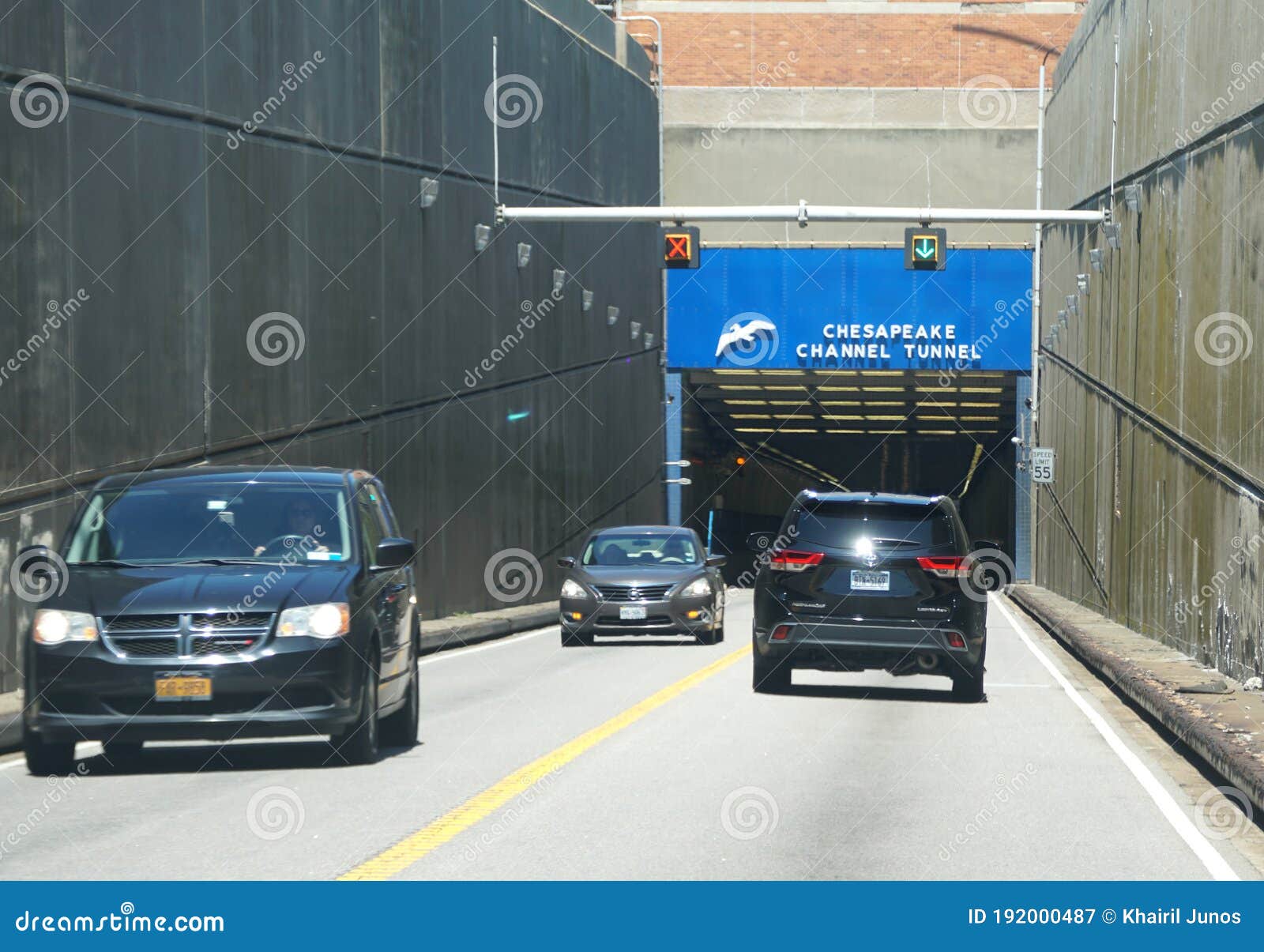

Thus, data was collected for both types of conditions. In the case of the study, the MDTA recognized that summer weekend conditions are very different from non-summer weekday conditions. The standard transportation planning practice is to collect traffic volume data under “normal” or “typical” conditions to verify that the data is not out-of-the-ordinary and to use that data for analyses. These forecasts were developed by BMC and MWCOG based on input from their member jurisdictions, including Anne Arundel and Queen Anne’s counties, through a cooperative process. The public should be aware that the bay crossing study relied upon a rigorous and thorough analysis that included population and employment forecasts from the Baltimore Metropolitan Council and Metropolitan Washington Council of Governments land-use models. However, we welcome receiving the study and all other comments during the public review period. This report has not been provided to the MDTA, and therefore we cannot comment on the study’s methodology or conclusions. Recently, some have questioned the integrity of the study’s traffic analyses and have referenced a report that has apparently been commissioned by the Queen Anne’s Conservation Association and prepared by AKRF. A solution that does not improve conditions at the Bay Bridge would neither fulfill the identified needs nor bring relief to Anne Arundel or Queen Anne’s counties. Therefore, the study’s Purpose and Need is focused on analyzing options that would result in additional capacity and access across the Chesapeake Bay, improving mobility, reliability and safety at the Bay Bridge, while also considering financial viability and environmental responsibility. In 2040, there will be almost 17,000 additional vehicles per summer weekend day and almost 16,000 additional vehicles per non-summer weekday travelling over the Bay Bridge.Īs stewards of Maryland’s toll facilities, it is the MDTA’s responsibility to follow a transportation planning process that involves assessing our existing infrastructure and planning for the future. Ports Jr., executive director of the Maryland Transportation Authority. Our analysis shows that without an additional crossing, by 2040 we will see seven hours of unacceptable level of service per day on non-summer weekdays and 22 hours of unacceptable level of service per day on summer weekends. there is simply too much traffic traveling over the Bay Bridge. You may call 1-87 or email if you are unable to access the DEIS online.īottom line is, just like many other parts of the state that see high volumes of traffic - I-495, I-270, I-95, I-695 etc. The MDTA is holding public hearings to accept comments with four call-in and two in-person testimony sessions in April, in addition to the Public Hearing Virtual Information Room now available at. Comments may be submitted via mail, email on the project website or by oral testimony.

We are seeking public comment through May 10. We encourage public input from everyone on the Bay Crossing Study Tier 1 DEIS. Larry Hogan announced the start of the Tier 1 Bay Crossing Study for the purpose of addressing congestion on the bridge. The day-to-day negative effects of congestion at the Bay Bridge are substantial and are projected to worsen. We understand the significance of the Bay Bridge to the state and the broader mid-Atlantic region, and we recognize that once the bridges were constructed, Queen Anne’s County and most of the Eastern Shore, including Ocean City, went from difficult destinations to reach to thriving, growing communities. I am pleased to announce the Draft Environmental Impact Statement for the Chesapeake Bay Crossing Study: Tier 1 National Environmental Policy Act is available for public review and comment at.


 0 kommentar(er)
0 kommentar(er)
